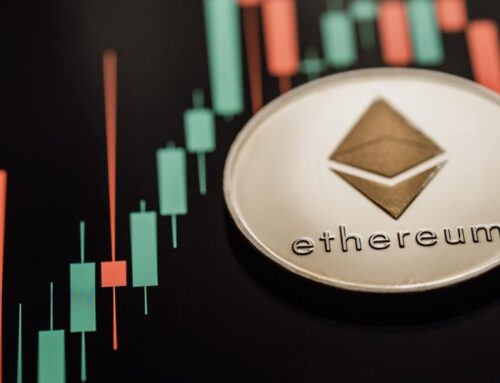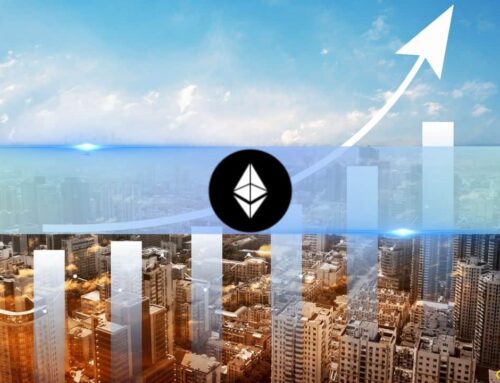The world is now better positioned to call Trump’s bluff as allies and markets push back
July 6, 2025
For the past three months or so, Donald Trump has kept the world guessing. On July 3, he told reporters his administration would start sending out letters the following day, setting unilateral tariff rates, ranging from ‘maybe 60 or 70% tariffs to 10 and 20% tariffs’, that countries would have to pay from August 1. According to the latest reports, these letters are now slated to go out on Monday.
‘No,’ said Trump early last week, when asked if the July deadline was cast in stone. ‘We can do whatever we want.’ Therein lies the problem. For all the column inches that have been written about how the sun is about to set on the US economy, the reality is that Trump can do pretty much whatever he wants. He will be able to do so as long as the US dollar remains the international reserve currency.
The 90-day period was supposed to see a ‘flurry of trade deals‘. ‘Ninety deals in 90 days’ was Trump’s proud boast. What we have, instead, is a handful of limited trade deals with Britain and China and, more recently, a one-sided deal with Vietnam. To be sure, there are many deals in the works, including with India and the EU. But what is clear is that contrary to Trump’s boast that countries would beat a line to his door to sign on the dotted line, it’s not going to be a cakewalk for the US.
For one, Trump is on a much weaker wicket, both domestically and internationally, than in April when he announced reciprocal tariffs (a 10% baseline tax on imports with effect from April 5, plus country-specific higher tariffs with effect from April 9). Then, he was still in the early days of his presidency. His domestic support base was intact. Since then, we’ve seen fissures emerge, even within the Republican Party, as seen by the pushback to his One Big Beautiful Bill Act (OBBBA), which is slated to hugely increase the budget deficit and add $2.4 tn to the national debt.
True, the bill has been passed. But Trump had to expend a great deal of political capital to get it through. His once-trusted lieutenant, Elon Musk, has parted company with him and has come out openly against it, threatening to form an alternative party. Opposition from universities, especially Ivy League institutions, and the public has grown, as evidenced by recent street protests in California.
On the monetary policy front, despite Trump throwing the choicest of unsavoury epithets at fellow Republican and Fed chair Jerome Powell-even telling him to step down-the latter has not lowered interest rates. US growth is lower (the economy contracted 0.5% in the first quarter) and inflation is higher than the target 2%. The dollar witnessed its longest monthly slide since 2017, ending June with its worst first-half performance in four decades. Courts, especially lower courts, have thrown out many of his diktats, though the Supreme Court has given him a reprieve on some.
All told, the harsh reality is that Trump has repeatedly been rebuffed-not only by critics from within and outside his party but, more importantly, by financial markets. His decision to allow a breather on tariffs was largely, if not entirely, the result of pushback from global bond markets that threatened to upend financial systems.
On the trade front, friends and foes alike are finding their voice. Whether it is Emmanuel Macron, who bluntly described tariffs as a form of ‘blackmail’ rather than instruments to rebalance trade-a far cry from Trump’s description of tariffs as the most beautiful word in the dictionary-or others who are more circumspect. Sure, there is a limit to how far US trade partners can flex their muscles. Mark Carney’s initial tough talk did not last long. Canada has since dropped the tax on US tech giants under pressure from the US.
Globally, growth has slowed. Both IMF and World Bank have lowered their global growth estimates. ‘The global economy is at a crossroads. Trade disruptions threaten to reshape the economic landscape,’ says Hyun Song Shin, economic adviser, BIS, writing in this paper.
In one of the biggest ironies, equity markets are soaring. After a 15% decline in April, US stocks have rallied, hitting all-time highs-riding on (premature?) signs of progress in US trade talks and hopes the Fed will cut interest rates. The Sensex, too, shows no sign of fatigue (or realism?).
In all this, the Indian economy seems to be in fine fettle. It is naive, however, to assume that we-or the global economy-will sail along merrily despite headwinds posed by slowing growth in the world’s two largest economies, the US and China. But we are nowhere near a recession-nor are we facing the kind of crisis witnessed during Covid or the 2008 financial crash.
But hold on to your seats. The roller-coaster ride is not over. The good news, however, is that we’re unlikely to fall off, regardless of what Trump unleashes on the tariff front in the coming days.
(Disclaimer: The opinions expressed in this column are that of the writer. The facts and opinions expressed here do not reflect the views of www.economictimes.com.)
Search
RECENT PRESS RELEASES
Related Post



